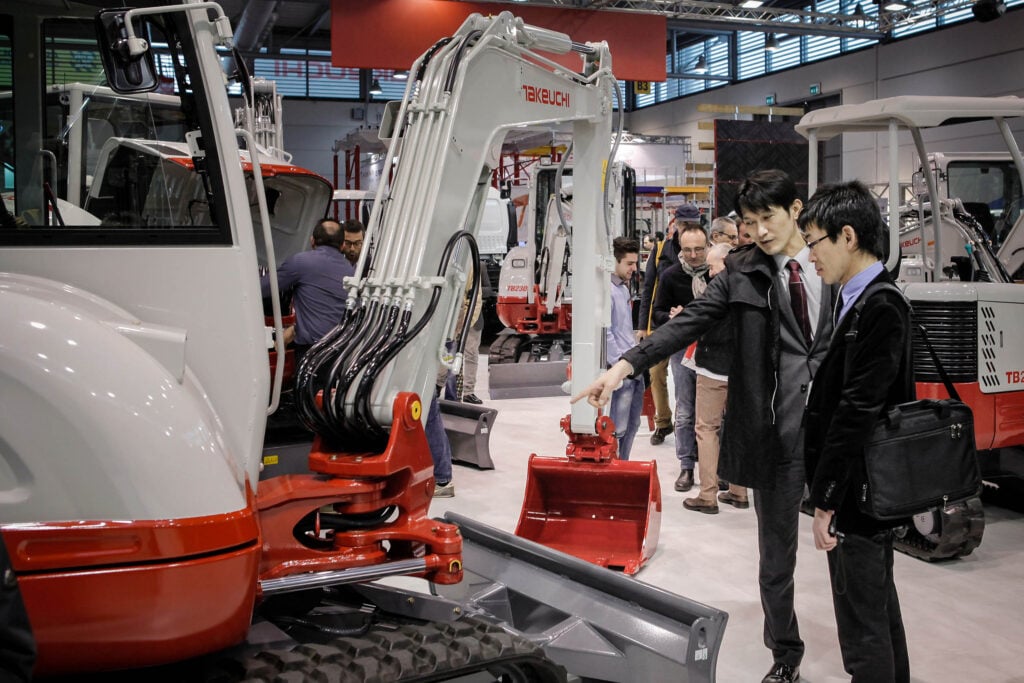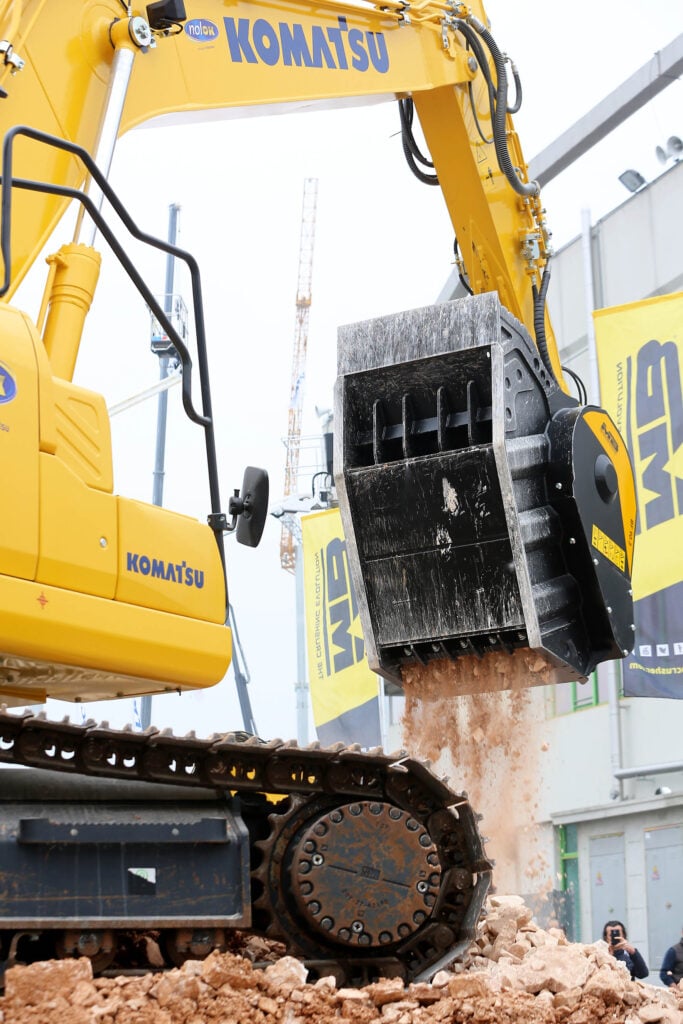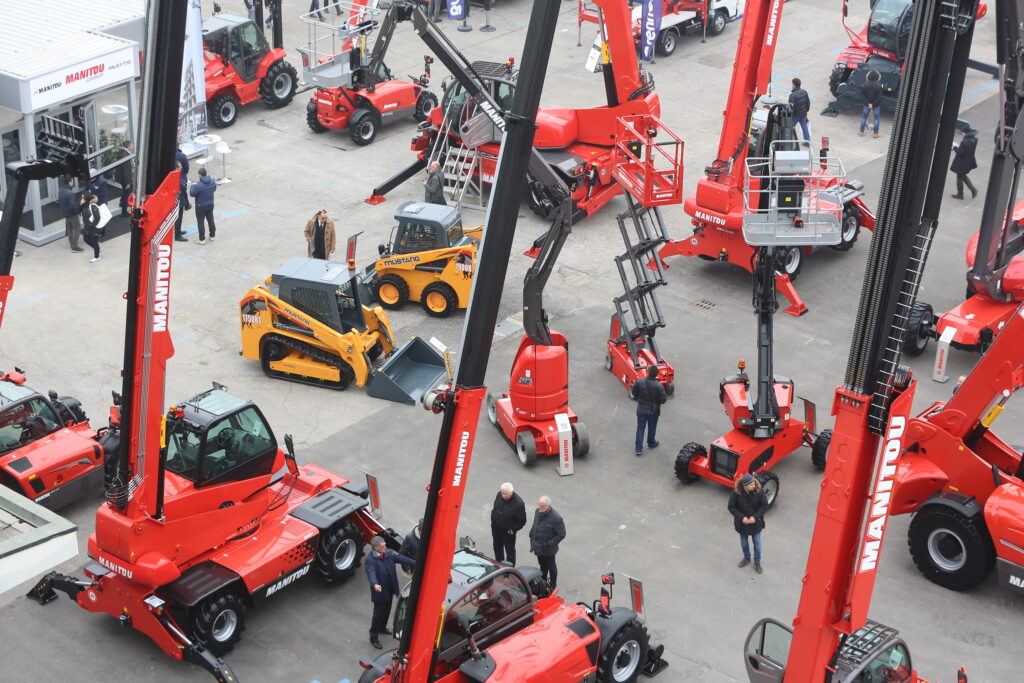The energy transition is done together by working on the energy mix. That’s what emerged from the first of five webinars leading up to Samoter organized in collaboration with Vaielettrico and titled “Construction Machinery Toward Zero Emissions: Electric, Hybrid or Hydrogen?”

Sara Quotti Tubi, Agritech Area Manager, Veronafiere S.p.A, opened the proceedings, recalling:
“We begin this journey by talking about innovation, the central theme of the 2023 edition of Samoter and in particular of Samoter Lab, a specific area set up in Hall 12 focused on energy and economic efficiency, digitization and, also, sustainability, a theme that is now also central to the world of construction equipment. It is indeed a technological challenge with great prospects and great problems to solve.”
As emerged from the speakers, manufacturers are multiplying their efforts to develop products that are as green as possible, but at the moment there is no technology that prevails over the others.

Giovanni Pelizza, Marketing Director JCB, reported:
“From our experience, we have seen that for compact machines electric is the solution, and in fact today we have a full full electric range, we sell 1,000 electric excavators a year. But for medium- and large-sized machines, the problem of autonomy and battery footprint arises: that is why we have been developing hydrogen technology for two years.”
Hydrogen must be green to be sustainable. But, as the speakers shared, developing it, as with all innovations, requires infrastructure, demand, investment and incentives from institutions.

“Sustainability is not easy, it is not immediate, but it can and must be done. In some European countries as early as 2025 cars will have to be electric in order to work in urban centers, and therefore the electrification process cannot be stopped. In our opinion, however, other avenues should not be discarded, for example, bio-diesel is a solution that is already available, immediate and consistent with sustainability and circularity of the economy.”
argued Marco Paredi, Trencher Business Unit Director Tesmec.

“There is a need to improve working conditions in our industry, and equipment also plays an important role. We have adhered to the electric philosophy thinking that it is the best possibility in urban environments, and therefore we have filed patents and built prototypes. In order to develop our attachments, however, it is necessary for the cars to be truly electric and to be equipped with efficient batteries.”
pointed out Fabio Ghedini, Owner Ghedini Attachments.

“We all have to fight climate change, but it should be clarified that machines are responsible for emissions to a small extent. The goal of our environmental policy follows the United Nations program: by 2030 to reduce CO2 emissions by 50 percent, by 100 percent by 2050. So we need to take action on machines, on technologies but also on processes, on plants. While hydrogen will play a key role in the future, for Komatsu the present is hybrid, a technology that, compared to traditional ones, cuts emissions by an average of 30 percent. If the whole market were hybrid, these would be big numbers.”
argued Emanuele Viel, Group Manager Utility Electrification Team Member at Komatsu.



 Copyright 2017-2025 All rights reserved.
Copyright 2017-2025 All rights reserved.